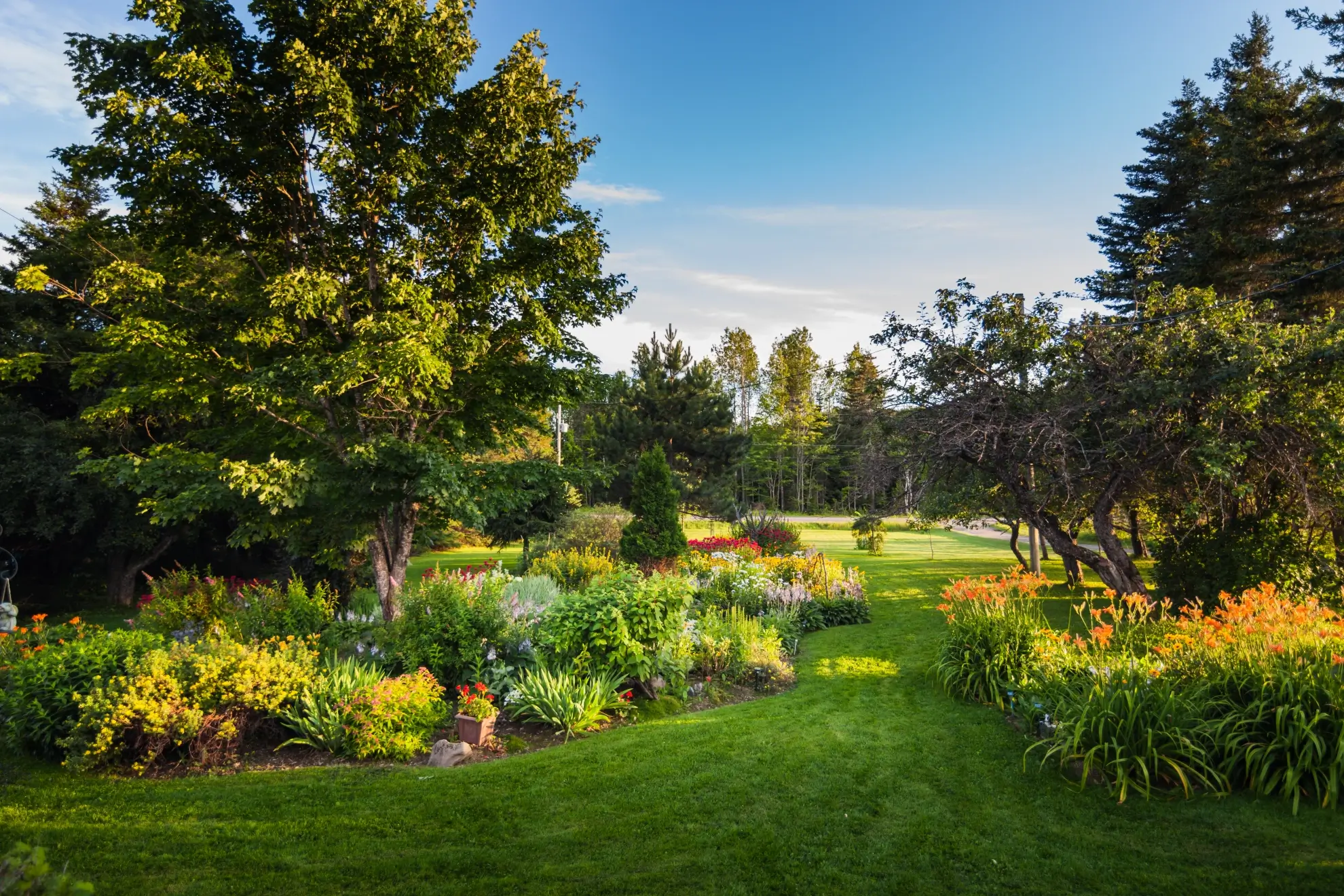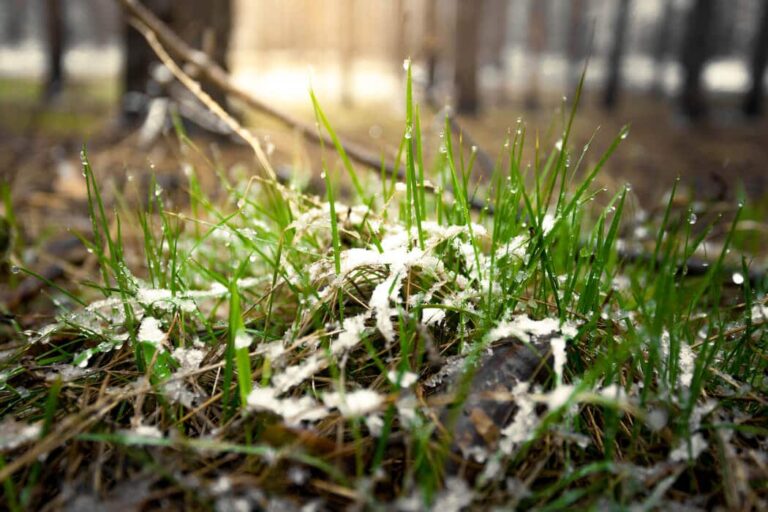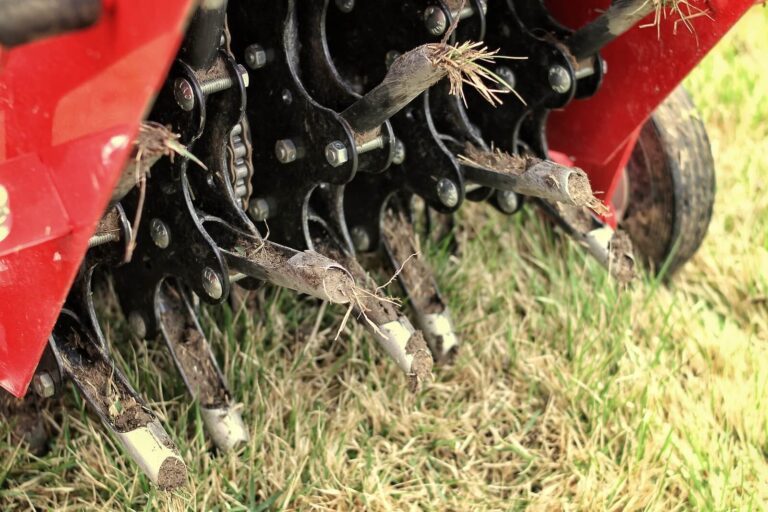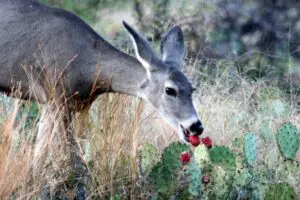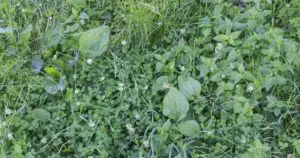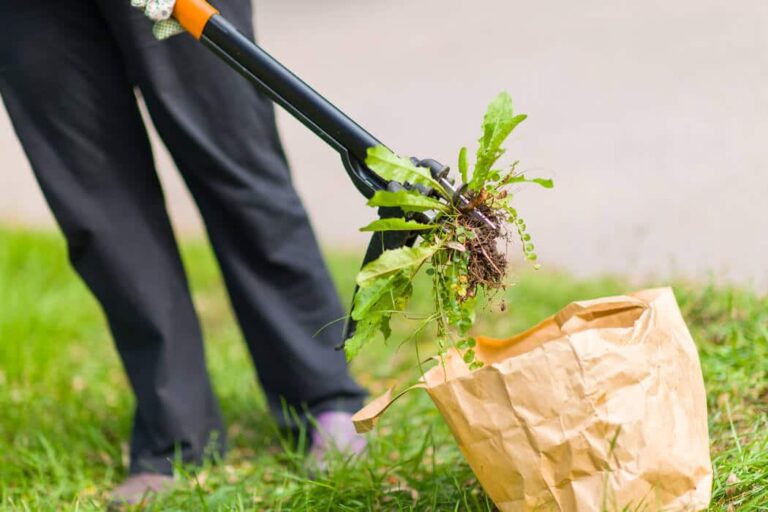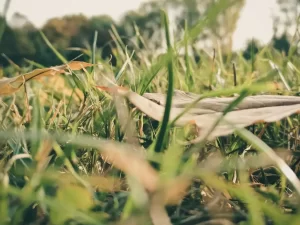How to Create a Low-Maintenance Lawn in Colorado
Practical Tips for Colorado Springs Homeowners Who Want Beauty Without the Fuss
Let’s be honest—we all want that neighbor-stopping curb appeal without devoting our weekends to mowing, watering, weeding, and fussing. Especially here in Colorado, where the sun can scorch, water’s a precious resource, and the soil can be as stubborn as a toddler in a toy aisle.
The good news? Low maintenance landscaping isn’t just a pipe dream—it’s totally doable with the right mix of smart planning, hardy plant choices, and a few time-saving techniques. Whether you live in Broadmoor Bluffs, Black Forest, or Briargate, here’s how we (and you!) can create a beautiful, low-effort landscape that looks like a million bucks—but doesn’t cost you your sanity.
1. Start With the Right Grass, Ground Cover… or Skip It Entirely
If you want to lower your lawn care workload, it starts at ground level—literally. Many grasses just aren’t built to handle Colorado’s dry spells, intense sun, and wild temperature swings. That’s why the type of turf you choose makes a huge difference.
Best Low Maintenance Grasses for Colorado
- Buffalo Grass – A drought-tolerant native that thrives on neglect (yes, really). It grows slowly, needs minimal water, and rarely needs mowing.
- Fine Fescue Mixes – These grasses tolerate shade, need less fertilizer, and grow well even in poor soils.
- Bermuda Grass (for sunnier areas) – Heat- and drought-tolerant, though it will go dormant and brown in cooler months.
Not sure which grass is best for your lawn? We actually wrote a whole blog post about Choosing the Right Grass for Your Lawn so we highly recommend you check that out if you’re on the fence or not sure.
Grass Alternatives Native to Colorado
If you’re just not a fan of grass and aren’t quite ready for the rockgarden look there are a plethora of flora that are great for our wild Colorado climate.
CSU’s groundcover plants list provides great native groundcover plant ideas plus great picks for shrubs and flowers. Below are a few examples of short varieties that only grow to be 2-4 inches tall – make mowing and trimming a lot easier!
- Icee Blue – Compact silver-blue foliage that turns purplish in the winter.
- Pussytoes (Antennaria dioica) – With white & pink flowers that bloom in late Spring to early Summer, the main foliage has a persistent gray-green coloring that grows in dense mats that are excellent for slopes to prevent erosion.
- Creeping thyme (Thymus praecox) – Typically accented with pink flowers that bloom in Spring through early summer, the foliage is evergreen and quite fragrant.
- Woolly thyme (Thymus praecox / Pseudolanuginosus) – Similar to its creeping cousin, the foliage has a slightly fluffier, duller green appearance with pink flowers blooming in Spring through early Summer.
- Turkish Veronica (Veronica liwanensis) – This tough, mat-forming variety has bright purple 4-peatle flowers that blooms in late Spring to early Summer with dark, evergreen foliage.
✨ Shameless Plug: Our Lawn Care Program takes the guesswork out of lawn health—whether you stick with turf or go turf-free.
2. Choose Plants That Thrive on Tough Love
Colorado isn’t exactly known for gentle weather. Your landscape should reflect that reality with plants that don’t need constant pampering.
Perennial Power Players Native to Colorado:
- Fringed Sage (Artemisia frigida) – This silver-gray shrub with fringed foliage loves full sun, grows to be 6-15 inches tall, and has little yellow flowers that bloom in late Summer.
- Serbian Yarrow (Achillea serbica) – This variety of Yarrow grows to be 4-8 inches tall, has white flowers similar to Common Yarrow but is a bit hardier in drier climates.
- Indian Grass (Sorghastrum nutans) – This native prairie grass is taller than many as it grows to be 3-5 feet high. The foliage varies in color; it’s generally yellow then turns orange in fall. While this native ornamental grass prefers moisture, it will withstand drier soils.
- Rocky Mountain juniper (Juniperus scopulorum) – This highly prevalent and varied, native evergreen tree has blue-green lush foliage and blue berry-like cones.
These are just a few, for even more trees & shrubs or ornamental grasses check out CSU’s list of Xeriscaping Plants that are great for our climate.
💡 Pro Tip: Group your plants by water needs (called hydrozoning) so you’re not wasting water on drought-toughies that would be just fine on their own.
3. Smart Design = Less Work
A good design doesn’t just look pretty—it works smarter, not harder. Here’s how to design with simplicity in mind:
- Go for curves over corners. Rounded edges are easier to mow around and feel more organic.
- Limit lawn space. Use decorative rock, mulch, or groundcover to reduce grass areas that need mowing and fertilizing.
- Install weed barriers under rock or mulch beds. A little prep goes a long way in keeping weeds at bay.
- Add automatic drip irrigation. It’s precise, efficient, and saves hours of dragging hoses around.
Want to spend less time maintaining your front yard? Keep your design simple, symmetrical, and plant-dense. The less empty space, the less room for weeds to move in and crash the party.
💡 Pro Tip: Soil conditions matter too. Before you start any major project, it’s wise to check your soil to assure you don’t doom yourself from the start. Learn how to test your lawn’s soil with our Soil Testing 101 guide.
4. Water Wisely (and Less Often)
In our high-desert climate, overwatering is both wasteful and a recipe for unhealthy plants. Focus on watering deeply and infrequently—encouraging deeper root growth and more resilient landscapes.
Water-Saving Tips:
- Water early morning or late evening to minimize evaporation.
- Use mulch (wood, rock, or bark) around all plants to retain soil moisture and prevent weed growth.
- Upgrade to smart irrigation systems that adjust based on weather or soil moisture levels.
💧 Not sure if you’re watering the right way? It’s not an uncommon question for us, so we created a guide about How to Properly Water Your Lawn in Colorado.
5. When in Doubt, Call in the Pros
Look, we’re all for a good DIY project—but when it comes to designing a landscape that will thrive year-round with minimal input, it helps to have some backup.
That’s where we come in.
At J. Rick Lawn and Tree, we’ve spent decades helping homeowners across neighborhoods like The Farm, Flying Horse, and Monument create yards that match their lifestyle—whether that means full-scale lawn care or just keeping weeds in check while you sip your morning coffee.
Ready to Create the Yard of Your Dreams?
Low maintenance landscaping doesn’t mean boring. With the right mix of native plants, smart watering, and stress-free design, your lawn and garden can look amazing all year long—without becoming a full-time job.
Explore our Lawn Care Programs | Check out our Bed Weed Control Services | Read more Lawn Care Tips on Our Blog
Or give us a call and let’s chat about how we can help bring your low-maintenance vision to life. Because your yard should bring you joy—not a to-do list.


